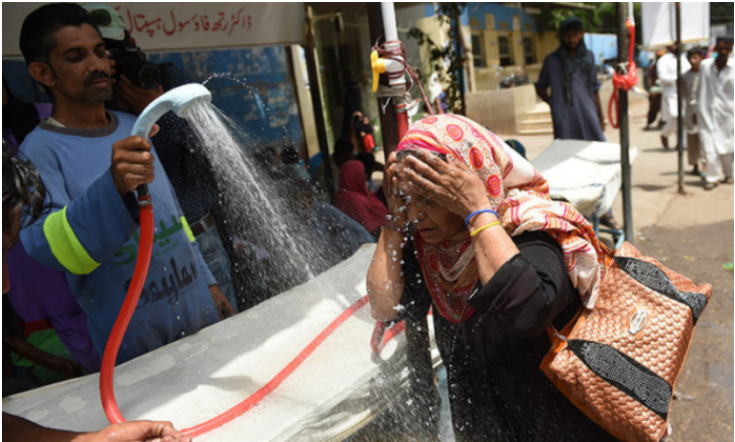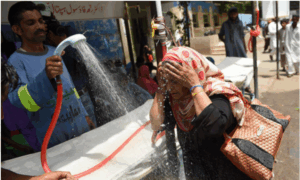Migrant smuggling is not a new phenomenon in Libya. In the post-Gaddafi period, the country has become the main corridor for illegal migration into Europe from the African continent.
To date, European attempts to curb migrant smuggling and trafficking have addressed symptoms rather than causes. Migratory flows have periodically fallen through a series of international policy interventions that have entrenched conflict. This has ultimately made the migration issue harder to resolve, as Libyan actors seek to leverage smuggling and counter-migration practices for financial and political support.
To understand the development of migrant smuggling and trafficking networks through Libya, this paper utilizes a comparative systems analysis of three key transit hubs: Kufra, Sebha and Zawiya. This approach has enabled the authors to pinpoint the most effective entry points for policymakers.
Summary
- Migrant smuggling and trafficking in persons (TIP) have gone through three phases of development in Libya. The first, from 2011 to 2017, saw the rapid expansion of these practices. The second (2017–19) consisted of a clampdown by international and local actors to reduce coastline departures for Europe. The third and current phase, broadly beginning in 2020, has seen an uptick in departures and the de facto regulation of migrant smuggling and TIP by local actors.
- To understand the development of transnational networks of migrant smuggling and TIP via Libya since 2011, this paper utilizes a comparative systems analysis of three key transit hubs: Kufra, Sebha and Zawiya. The findings illustrate how two interconnected feedback loops have driven the expansion of migrant smuggling and TIP. The first is a dispute over authority in each location, which spurs competition that leads to violent conflict. In turn, this conflict further aggravates the contention over authority. The second is grounded in economics: the structure of the economies in the three locations is reliant on informal and illicit cross-border trade and the movement of people. As state support has diminished and the informal and illicit sectors have expanded, reliance upon the latter to boost economic activity has grown.
- These two feedback loops have contributed to the entrenchment of armed groups and strengthened a pervasive conflict economy. These dynamics continue to frustrate hopes to establish unified and accountable governance in Libya.
- Migrant smuggling and TIP dynamics are often solely viewed through the lens of criminality. However, a closer look at Libya’s trajectory since 2011 illustrates how the development of the country’s illicit marketplace – of which migrant smuggling and trafficking are central – is intimately connected to historical legacies, social dynamics and enduring conflicts over authority at both the local and national level.
- These components are particularly visible in Kufra, where there has been longstanding conflict between the Arab Zway and the Tebu over the right to govern the territory. Likewise, Sebha, a key transit point for trans-Sahelian trade, continues to be contested by a number of community groups, with governance divided into neighbourhood districts. In contrast, while Zawiya is more homogenous, there are ongoing violent conflicts for power and authority inside and outside the city’s borders.
- Framed as rule of law interventions, European attempts to curb migrant smuggling and trafficking have addressed symptoms rather than causes. Migratory flows have fluctuated – but are significantly reduced from their 2016 highs – due to a series of transactional bargains that entrench conflict. However, this has made the issue harder to resolve, as Libyan actors seek to leverage flows of migrants, which are once again on the rise, for financial and political support.
- A more effective strategy to tackle this issue would be to develop a ‘whole-of-route’ approach that contains a wider suite of policy tools than simply enforcement, most notably sustainable local development initiatives and peacebuilding efforts. These have the potential to reduce demand and the perceived need for migrants to move and tackle the enabling environment in which criminal groups and conflict actors operate.












